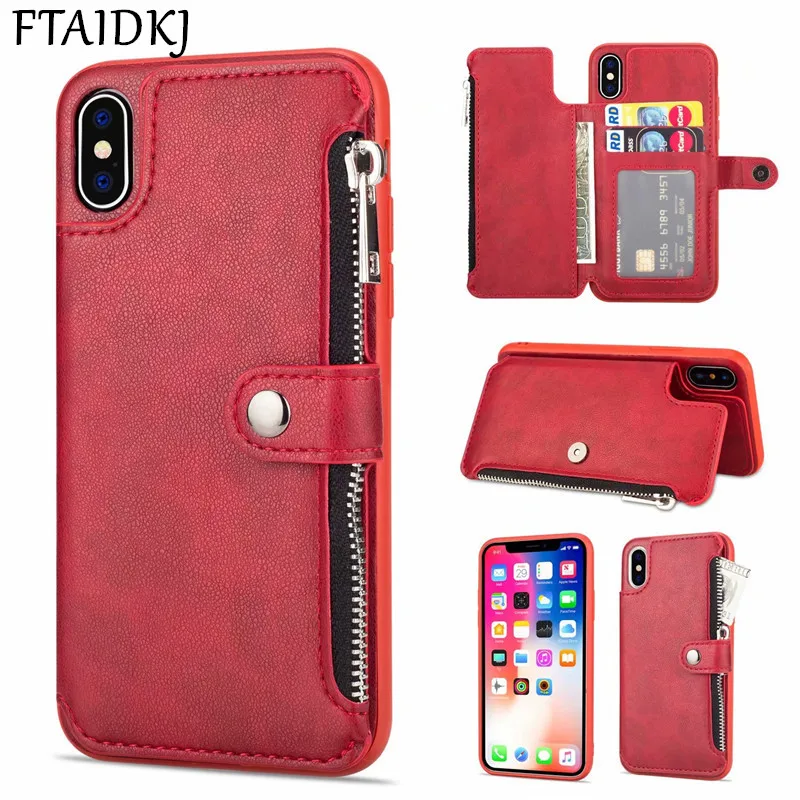

But unless you're holding the phones side-by-side, iPhone X owners won't notice a huge difference. Objectively, the iPhone XS takes better photos (and videos) than the iPhone X. Is the iPhone XS camera worth the upgrade?

Listen to the same video clip through headphones and you'll easily hear the richer, stereo audio over the mono audio channel on the X. When it comes to audio, the XS records in stereo. See some examples from both phones in the video embedded on this page. On the XS, these highlight details are rendered more faithfully than the X. Like Smart HDR for photos, you'll notice this most on videos when you're shooting scenes with challenging lighting conditions: think light pouring in from a window into a darkened room, or a light bulb in the background of your shot. Video is nicer on the iPhone XSĪccording to Apple, the XS shoots with an extended dynamic range in videos up to 30fps. I've taken lots of low-light photos on each phone, and iPhone XS shots typically have less noise overall than those from the iPhone X - not a huge difference, but enough for me to prefer the look of photos from the iPhone XS. Notice the lights in the photo above: they look like glowing blobs on the photo from the X, while on the XS they have more definition and actually look like lights. The XS captures a bit more detail, as you can see in the image below (focus on the hair), but images from the X have a bit more contrast overall. If you don't make any adjustments to the depth-control slider and just leave portrait photos as-is, both phones produce similar-looking images. But in other situations, the effect can look a little synthetic. That being said, the effect can look really good - like when your subject is far enough away from the background and you choose the widest simulated aperture of f/1.4. It just increases the blur around your subject. You can read more about how depth control works in this article.īecause the effect is generated through image processing, it doesn't always have the same qualities as "creamy" bokeh from a DSLR lens.

The wider the aperture (or lower the f-number), the more background blur in your shot.Īpple has made depth control available on all portrait mode photos you take on the front and rear cameras. Moving the depth control slider simulates changing the aperture of the lens. ( Samsung Galaxy phones have let you do this same thing for several years.) Portrait mode: More options on the iPhone XSīoth phones have portrait mode, but only the XS lets you adjust the blur - or bokeh - after the photo has been taken. For the sake of brevity, I didn't focus on areas that remained pretty much unchanged such as slow motion video. Here's a breakdown of the main differences between the two phones. When reviewing the images on the phones and on a computer, I was genuinely surprised at the overall improvement in image processing on the XS.Īll photos were taken on the default camera app with default settings and HDR turned on. I took the iPhone XS and iPhone X to the sensory overload that is Candytopia in San Francisco, then around the city, to test the cameras in the real world. These specs were pulled from the Halide app (US$5.99) which has a technical readout section that gives a breakdown on both cameras.


 0 kommentar(er)
0 kommentar(er)
